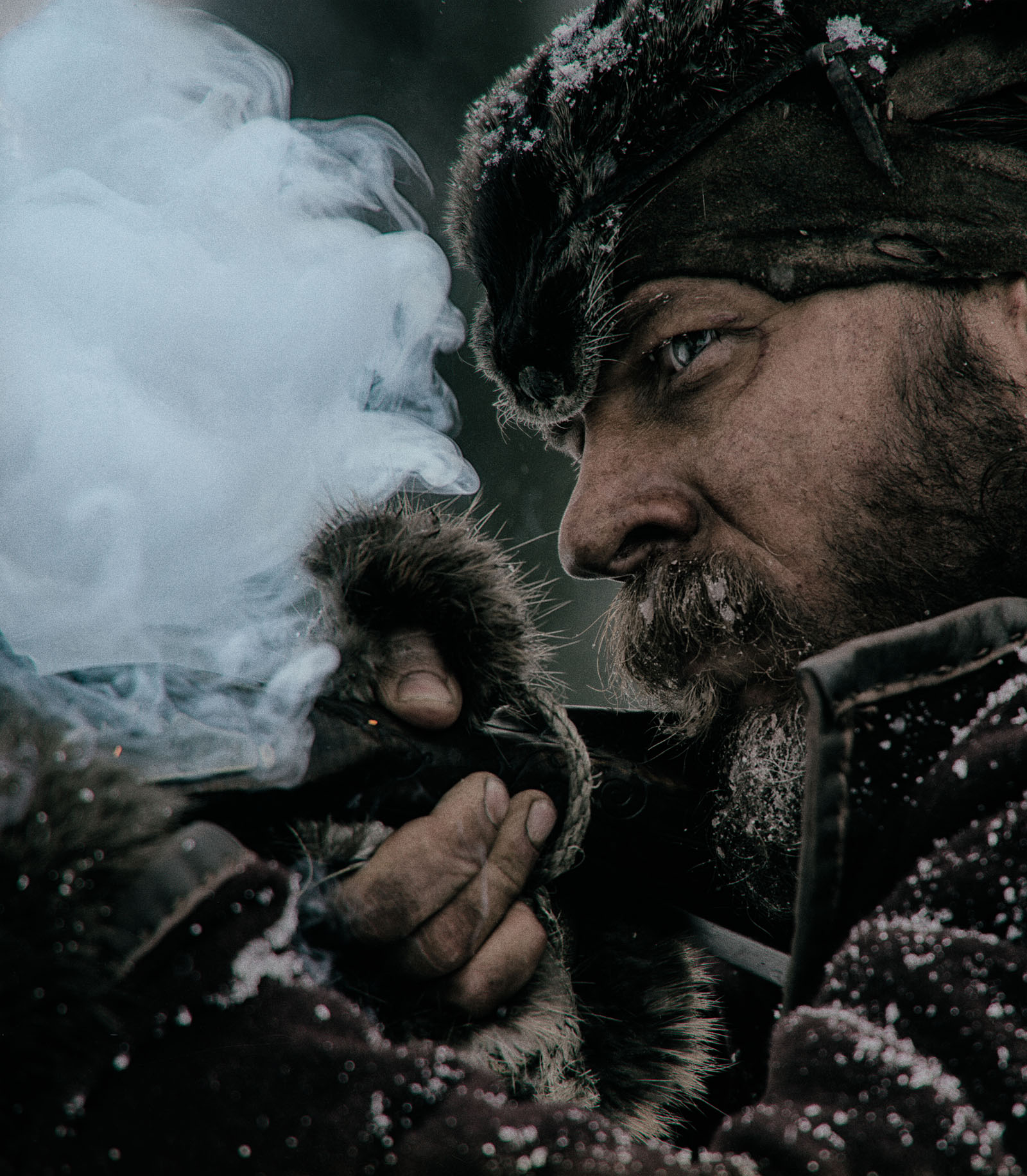Scanning Film Negatives Vs Scanning Prints
Scanning Film Negatives Vs Scanning Prints
Blog Article
Photography was built on film. True it began on glass plates, however most of it's life has been on movie. Whether on plate, roll, sheet or whatever, film has been around since the late 1800's and additional became household use by Thomas Edison and George Eastman of Kodak fame. Film defined photography for decades and as such there were literally numerous movie brand names, types, speeds, variations that the user might use. Kodak ranks the highest with the number of proprietary films they produced their video cameras. Today film in sizes like 828, 127, 620, 120, 110, and 126 are still offered as is numerous brand names, speeds and variations of 35mm. And there are still puts to get it processed!

You'll get the viewpoint of the lessons that I've won and follow me step by step as I explain to you how I composed, directed, and produced my very first money-making film and went on using that as seed money to grow an earnings creating movie library. You'll discover the ideas and tricks of developing movie revenue streams while satisfying that imaginative spirit which brought you to this page in the first location. These earnings streams will permit you develop your filmmaking equipment toolbox, fund, produce and self-distribute more of the exact same earnings streams, and, yes, enable you the financial flexibility to produce the periodic non-commercial brief film, without giving a fig about where the funding will come from!
This extremely situation is why film to video transfer emerged in the 1980s. It's a service for anybody seeking to amuse their visitors with old films (memories). Of course, the only way to make this occur is to have actually those films moved either to a DVD or video tape. Therefore, you need to take those 8mm films to a professional video transfer laboratory to make this occur for you.
If it is appropriate, and you require 'extras' it may be an idea to approach the local Scout/Girl Guide performers, or a regional Youth Club. Or, if you require older individuals, do not hesitate to try and hire your 'crowd' from a Darby and Joan Club/parents' buddies, or even your regional pub. Something this simple could provide a regional angle for your friendly local journalist - and you might even give them a walk on function if it can be written in and make them part of the story.
Well, you can create recorded adverts for local businesses, to be revealed at little film nights or public screens in squares or shopping center. You develop film setups which run along with another person's film making art exhibition. It may be even possible to develop DVDs from your small movies and offer them. You might be able to start a production company.
Make a list of what theatres remain in your location, many of these will be much smaller sized than the large cinemas we are used to. Contact them and ask questions on what their submission standards are. Do they just take films via a distributor? Will they take films from an independent filmmaker themselves? Do you require to complete an application form of some kind?
When you shot the entire roll and are ready to get your lomographs established, press the reset button which is the little pin on the bottom right-hand side you will hear a click. Pull out the manage for the film rewind and gently spin it. Take care in this step there shouldn't be any resistance. If there is resistance, hold the reset button down the whole time while you rewind the movie.
Report this page